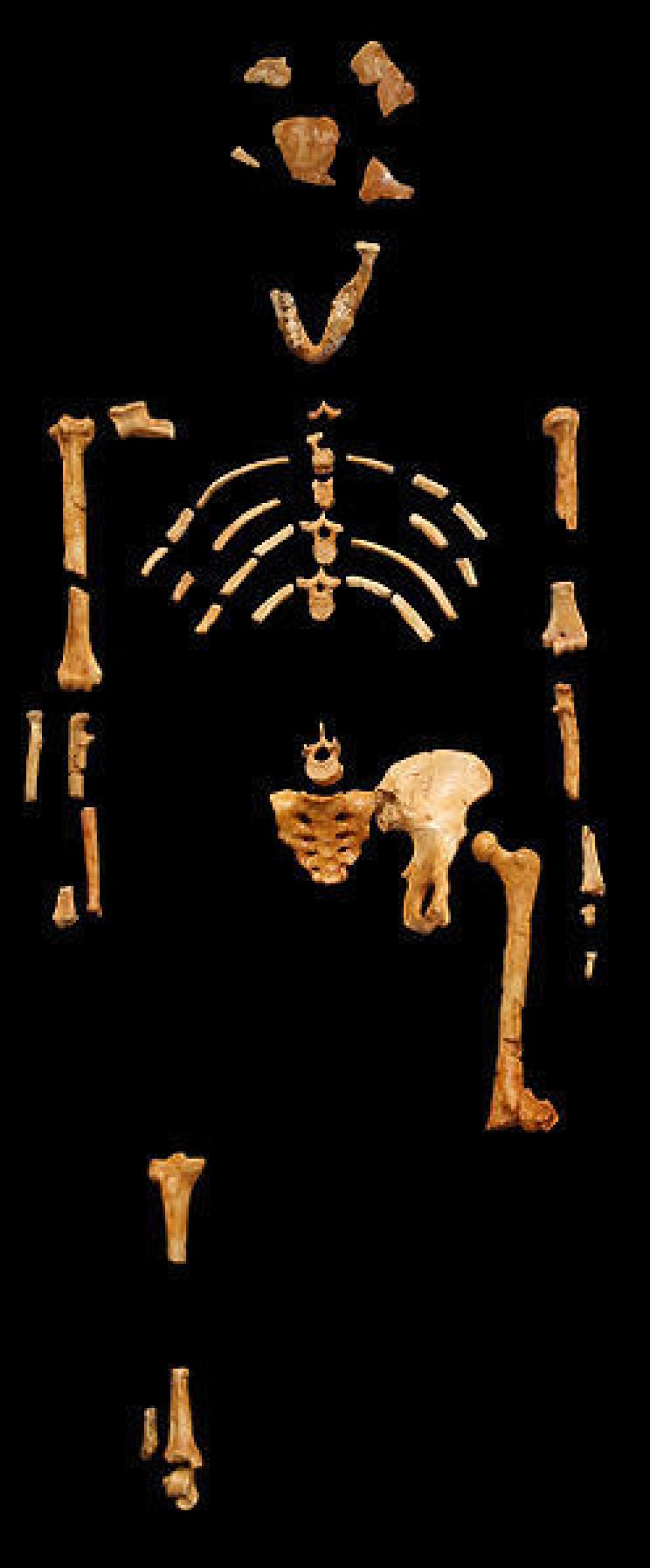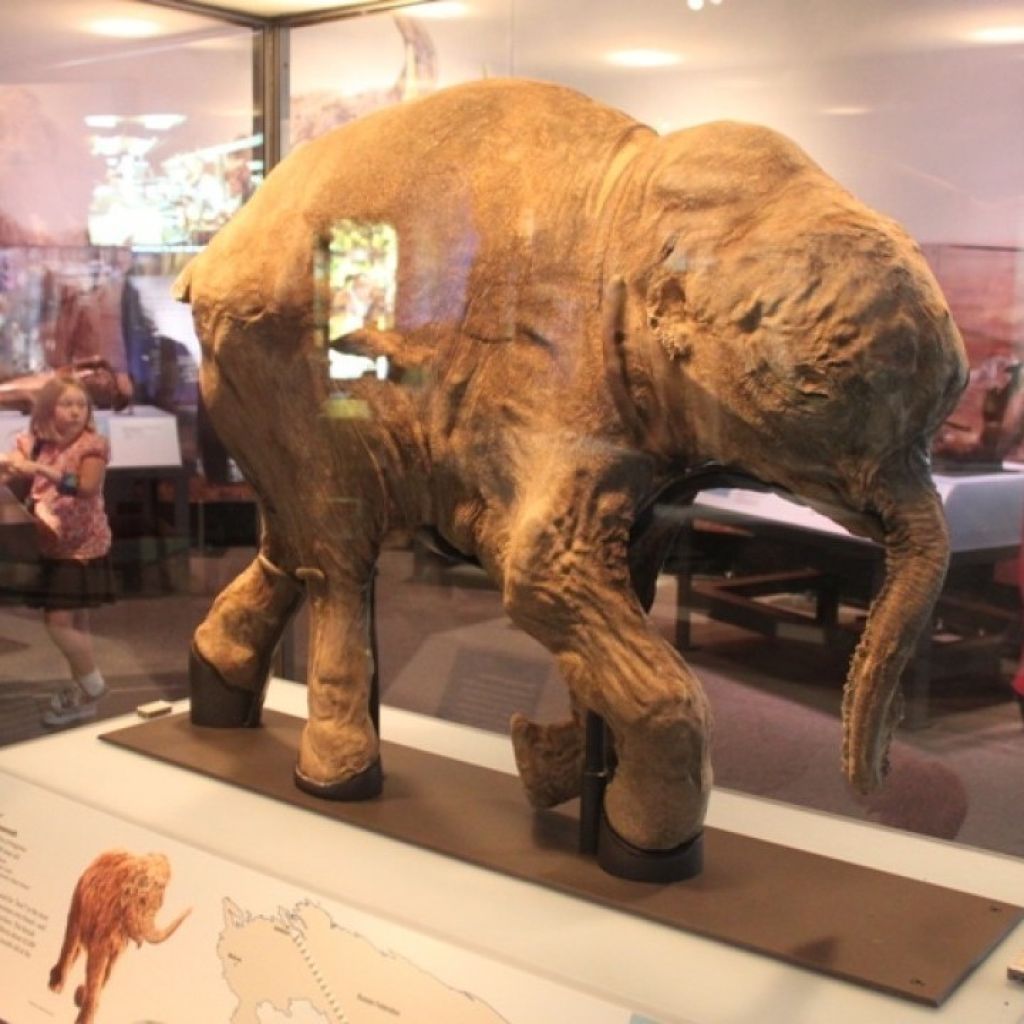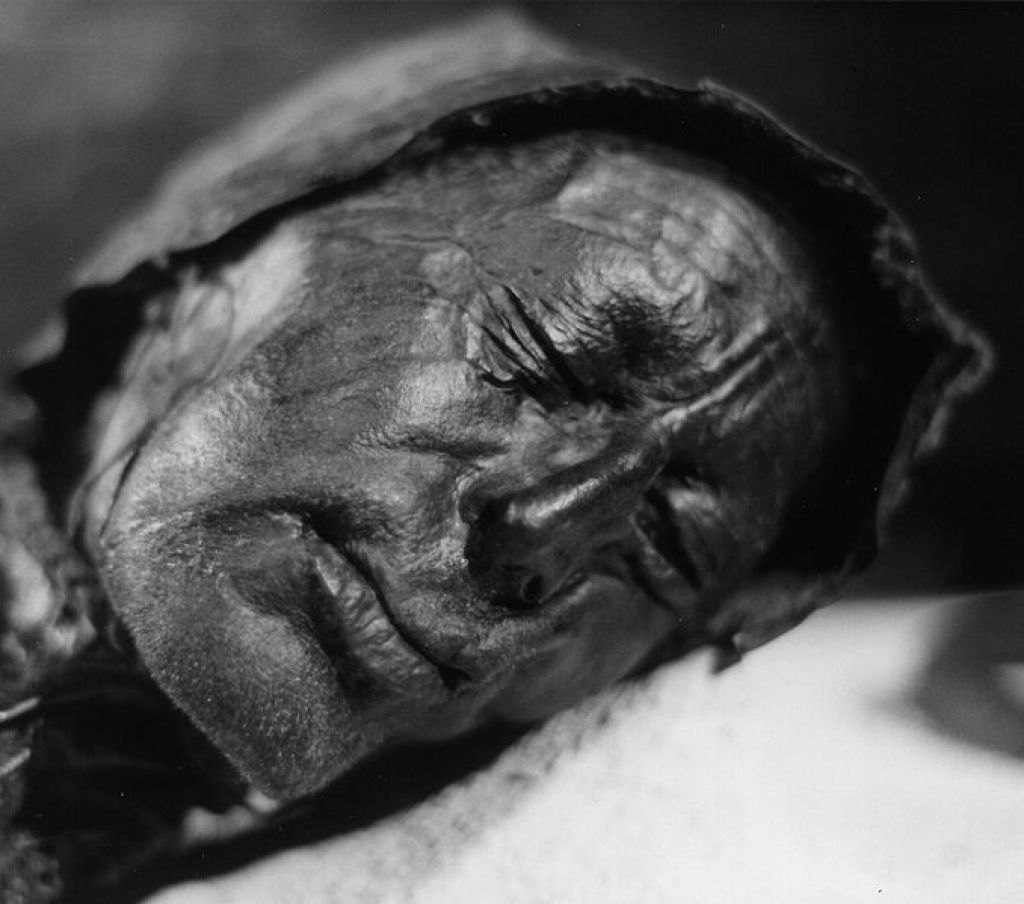Water’s wondrous role in fossilisation

Water gives life, but it can also play the role of storyteller when it comes to the evolution of humankind. Water not only helps the process of fossilisation, but it can also sometimes preserve animals in the most bizarre ways …
Missing: complete skeleton, 3-million years old
When scientists discover a near-complete skeleton of one of our distant relatives, it causes quite a stir in the scientific community. This is what happened at the Sterkfontein Caves with the discovery of “Little Foot”, a hominid belonging to the genus Australopithecus. Says University of the Witwatersrand Professor Philip Tobias, “Little Foot is the most remarkable skeleton. It is pretty much complete, from foot to head. It’s got 32 teeth in position; it’s marvellous.”
Maybe the surprise expressed here seems uncalled for, but the truth is that finding even a partial skeleton is considered a remarkable achievement in the world of palaeoanthropology. This is because very few hominids were ever fossilised. In fact, it is extremely unlikely that you yourself will be fossilised! There are very specific conditions that need to be met to preserve the bones or teeth of a hominid, or any creature for that matter.
Quick burial for “Lucy”
There are several ways in which something can be fossilised, but let’s focus on the role that water can play in the process, not least because water played an important part in preserving another famous skeleton, “Lucy”.
When a dead body is exposed to the elements, it quickly decomposes and disappears without a trace. So when “Lucy”, who was an Australopithecus afarensis, died, her skeleton must have been protected from the elements because her remains were discovered in Ethiopia some 3-million years later.
Scientists think that “Lucy” died near a stream, which later buried her skeleton in sediment. The quick burial of the skeleton is the most important part of fossilisation – in this case thanks to a large displacement of water. It’s almost like the skeleton is sealed in a layer of sand, in the same way that you seal your leftovers with clingwrap to stop it from going “off”.
After millions of years of more sand and earth piling on top of the skeleton, the chemicals in the bones begin to change. The bone disintegrates and decays, and other minerals slowly replace those that have been lost. The new minerals slowly turn the bones to rock in a process called mineralisation.
Water helps preserve ancestors’ footprints
What we know about Australopithecus afarensis is that they walked upright like modern humans (though their big toes jutted out at more of an angle to their other toes than ours’ do), had opposable thumbs (ie had the capacity to pinch their thumb and fingers on one hand together), were probably covered in hair, and were good at climbing trees (but didn’t live permanently in trees).
While the “Lucy” skeleton helped confirm some of these details, some extraordinary evidence for bipedalism was found in Tanzania. At the Laetoli excavation site, footprints of two Australopithecus afarensis were found, formed about 3.5-million years ago, when two hominids walked over volcanic ash. What made this ash special was that it had been rained on, and the water turned it into something like wet cement. The footprints solidified and were fossilised.

Woolly mammoth in the freezer
Sometimes water can preserve creatures in other ways that do not turn their bones into hard rock. In 2007, a baby woolly mammoth, named “Lyuba” was found almost perfectly preserved in Siberia, Russia. Scientists think that the animal drowned in muddy waters. Then, while submerged in freezing water, certain bacteria fed on its skin, making the mammoth’s skin very acidic, and therefore repellent to scavengers.
This kind of preservation is extremely rare, but provides an exciting opportunity to examine the flesh and organs of an animal that lived in another era.
We are still waiting for the discovery of a well-preserved member (as opposed to a fully fossilised one) of the Homo erectus or Homo neanderthalensis species, or any hominid ancestor for that matter. Such a discovery would allow us to find out more about their environment and their diet by directly examining their bodies!
The Iceman cometh
Interestingly, preserved human corpses have been found with similar characteristics to the body of the icy woolly mammoth. Roughly 5300 years ago, a male human roughly 45 years old died in the freezing mountains of the Alps. He was covered by snow very quickly after death, and when his remains were discovered in 1991, he had his clothes and tools with him, as well as some hair and two fingernails.
Scientists studying “Otzi the Iceman” found out about his diet, what diseases and infections he carried, and, by detecting evidence of wheat in his system, they could speculate as to what the human capacity for farming and cultivation might have been at the time.

Beware the bogs
A completely different process of preservation (for which water is also essential) is what explains the eerie corpses known as “bog bodies”. Hardly prehistoric, these bodies only date back to the Iron Age, which is just over 2000 years ago. But the bodies are interesting because they appear to be the exact opposite of fossils: the bones have disintegrated, but the skin and organs are intact.
These frightening finds are known as “bog bodies” because they were people who died in the bogs of Europe. A bog is like a swamp or a marsh, but where the water is extremely acidic and cold. The acidity seems to preserve the skin, but eats away at the bone. They might not provide any “missing links” in the chain of evolution, but they do get you thinking about what else could be out there…
What water may bring
We can only dream of the possible discoveries we might make in the future, and how they will help us understand human evolution. These glimpses into the past provide the few clues we have about life before humans evolved.
There are limited circumstances in which something can be fossilised or preserved. We found “Lucy”, but do you think that someone will be examining your body in 3-million years time? If there’s any chance of that happening, you would to meet the minimum requirement: Make sure you live next to a big river!
Explore the mysterious caves where “Little Foot” was discovered by making a trip out to Sterkfontein Caves in the Cradle of Humankind, conveniently located an hour from Johannesburg and Pretoria.